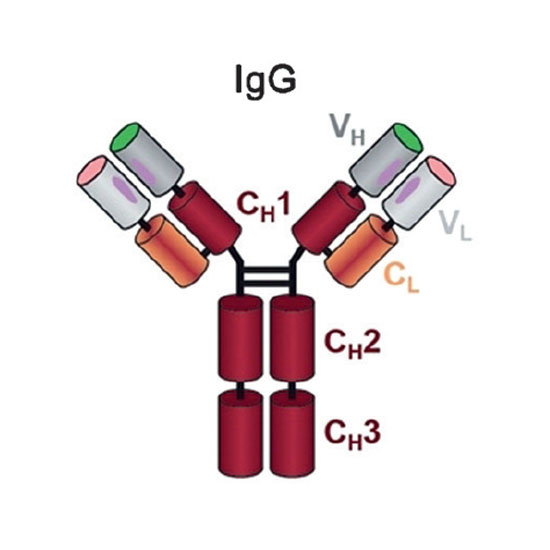Nanobodies: Chemical Functionalization Strategies and Intracellular Applications
17-Sep-2017
Angew. Chem. Int. Ed., Volume 57, Issue 9, Pages 2314-2333, https://doi.org/10.1002/anie.201708459
Angew. Chem. Int. Ed., online article
Nanobodies can be seen as next‐generation tools for the recognition and modulation of antigens that are inaccessible to conventional antibodies. Due to their compact structure and high stability, nanobodies see frequent usage in basic research, and their chemical functionalization opens the way towards promising diagnostic and therapeutic applications. In this Review, central aspects of nanobody functionalization are presented, together with selected applications. While early conjugation strategies relied on the random modification of natural amino acids, more recent studies have focused on the site‐specific attachment of functional moieties. Such techniques include chemoenzymatic approaches, expressed protein ligation, and amber suppression in combination with bioorthogonal modification strategies. Recent applications range from sophisticated imaging and mass spectrometry to the delivery of nanobodies into living cells for the visualization and manipulation of intracellular antigens.











